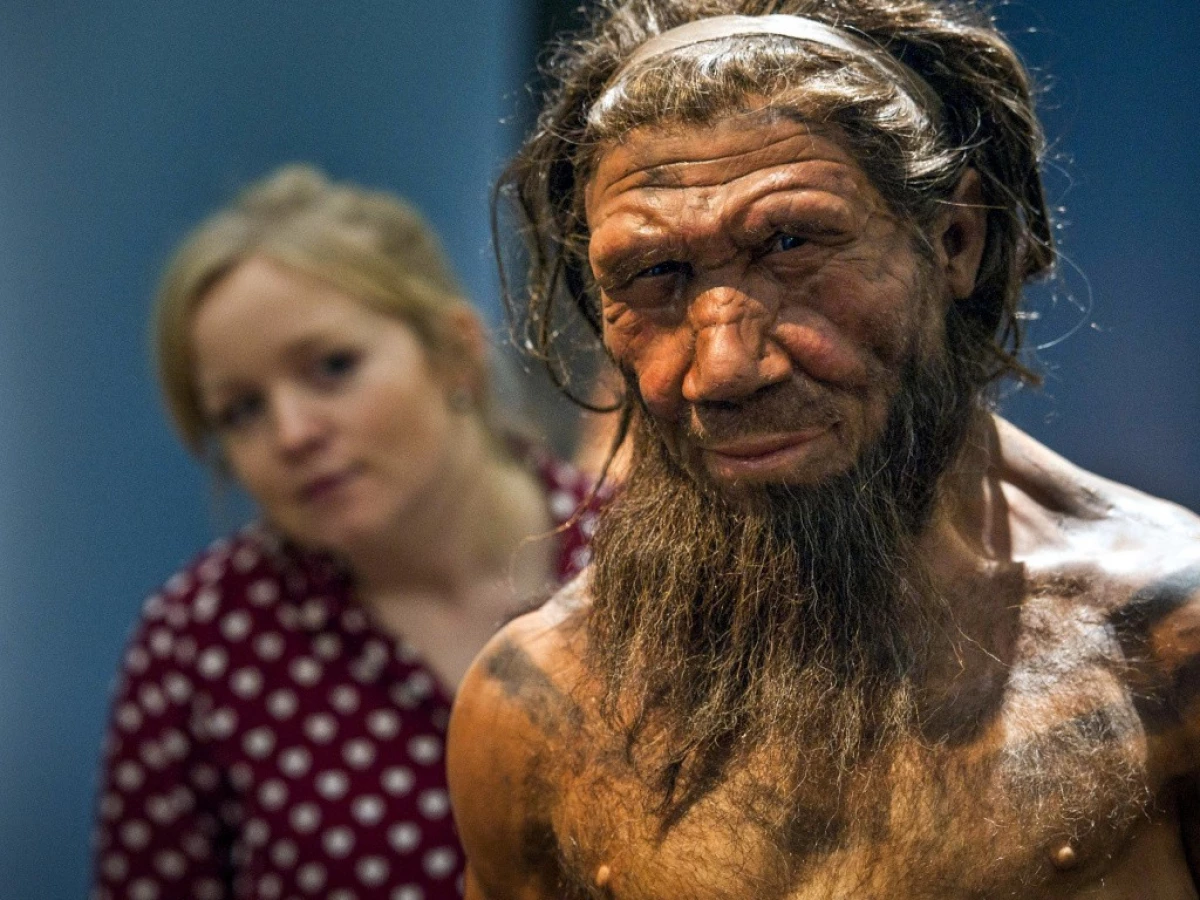
The results of the work are published in the journal Nature Ecology and Evolution. Language and linguistic abilities of the parallel branch of humanity - Neanderthasev - the long-time issue of the evolution of the genus Homo (people). Back in the 1980s, the Neanderthal's sub-bandy bone was found in the Israeli cave, the study of which showed that in its structure it does not differ from similar bones of modern people.
Some fundamental differences in the structure of the oral cavity between the Sapires and Neanderthals are unknown. Therefore, the likelihood is high, as those and others possessed about the same ability to speech. However, direct evidence that Neanderthals could speak in our understanding of this word, no, so the question remains open.
An international group of scientists, which included specialists from Alcala Universities (Spain) and Binghemton (USA), as well as the Imperial College of London, conducted their own research. They used high-resolution computed tomography. With its help, scientists studied the structure of the ear of the ear in Sapires and Neanderthal, as well as their ancestors.
In addition, the data collected on three-dimensional models was introduced into the program developed as part of a hearing bioengineering. Thus, anthropologists were able to evaluate the hearing abilities of the considered types of up to 5 kHz, which covers most of the range of sounds of modern human speech.
The results of the analysis showed that Neanderthals were better heard and recognized the sounds in the range of 4-5 kHz than their ancestors. For each type, it was also possible to calculate the frequency range of maximum sensitivity - the so-called bandwidth. The model created for Neanderthal showed that they had a wider bandwidth compared to their ancestors.
According to scientists, this suggests that Neanderthal had an equally complex system of communication, as well as modern human speech. And the researchers suggested that in the speech of our "cousins" of the fellow, there was a great presence of consonant sounds.
Source: Naked Science
